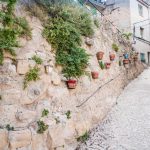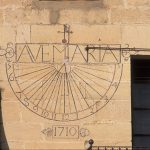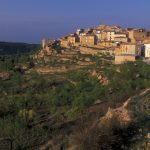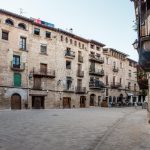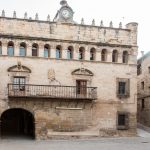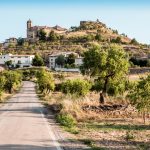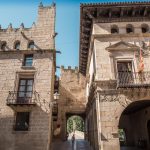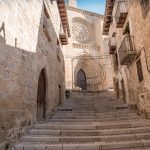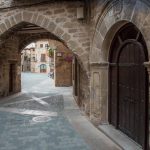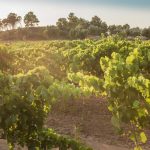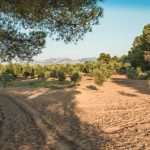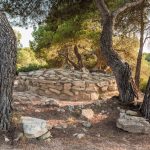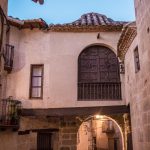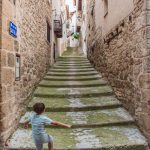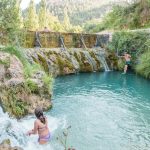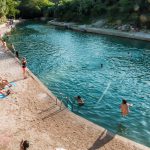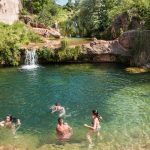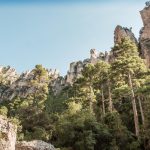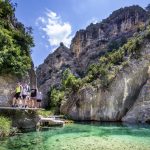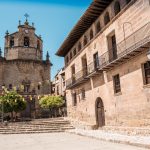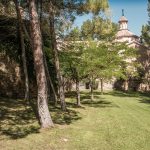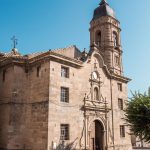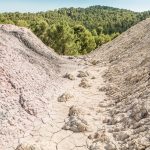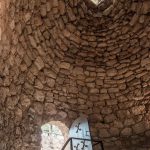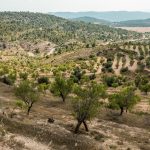Calaceite
local_hotelAccommodationlocal_gas_stationPetrol StationrestaurantRestaurant
The village is located at the confluence of the Algars and Matarraña rivers. The landscape is almost flat, with a characteristic relief of (isolated) hills and with plenty of cultivated land. The place is the birthplace of the archaeologist Juan Cabré and has a museum named after him, as well as important archaeological finds, most of them of Iberian origin. The town of San Antonio (5th to 3rd centuries BC) and the Tossal Redó are two of the most important ones.
Calaceite’s great value is underscored by the charm and beauty of its city centre, which has been declared a Historical-Artistic Complex. Here we find the characteristic golden-yellow tone of the stones and the brown colour of its roofs. A stroll through its alleys is always rewarded with the discovery of new corners or previously unknown perspectives. Among its buildings, the 17th-century Renaissance Town Hall stands out, as does the Plaza de España with its beautiful arcades and the Asunción Parish Church, whose exterior offers an imposing view.


